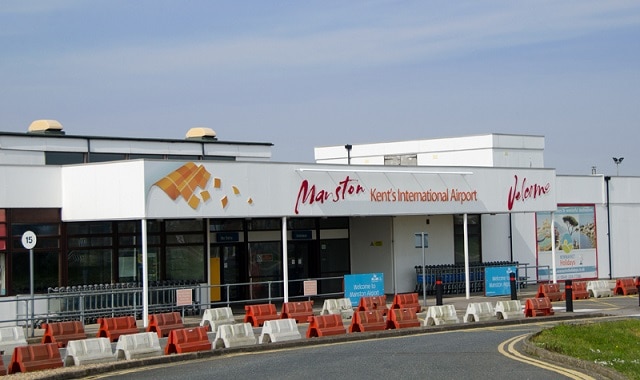
Three options are believed to be due to be put forward to councillors when they take a new vote on Thanet’s draft local plan next month.
The draft plan – which is a 20 year blueprint for housing, business and infrastructure on the isle – was voted down in January by Conservative and ‘rebel’ UKIP councillors with 35 against and 20 in favour.
The vote, which led to the collapse of the UKIP administration, was prompted by a change of status for Manston from aviation-only to a mixed-use designation to include 2,500 homes. An amendment to defer for two years the mixed-use designation pending the resolution of the DCO process was not sufficient to persuade the majority of councillors.
There were also issues over housing numbers with a strong campaign to protect sites mounted by the Birchington Action Group Against TDC Local Plan members.
The failure to vote through the plan led to the government stepping in to speed up the process.
Options
Now a new vote is to take place in July and it is understood that councillors will be presented with the option of approving the plan as presented in January or making amendments to the Manston airport site.
The Isle of Thanet News understands that one option will be to defer mixed use proposals for two years following the adoption of the local plan. If a Development Consent Order (DCO) or Compulsory Purchase Order (CPO) for aviation use is granted within those two years the housing allocations for the site will be scrapped.
Another, similar, option is thought to be to amend the wording of the plan to recognise the lawful use of the site as an airport, with no development allocation, for a two year period or until the decision is made on the DCO if that comes before the end of the two years. This would mean additional housing sites for Westwood, Birchington and Westgate plus smaller sites across the district to be earmarked for development at the end of the local plan period in 2031.
A DCO is the means of obtaining permission for developments categorised as Nationally Significant Infrastructure Projects (NSIP). This includes energy, transport, water and waste projects.
Riveroak Strategic Partners, who want to bring aviation back to the Manston site, made a DCO submission in April but this was withdrawn ;ast month. The firm says it aims to resubmit the application.
Intervention
Thanet is in an ‘intervention’ stage from central government following the failure to agree the local plan to go forward to the next stag when councillors took the vote in January.
Then-Housing Secretary Sajid Javid wrote to 15 local authorities in England in March to inform them of decisions on intervention.
Thanet was one of three authorities where the government confirmed it could take over the entire process.
TDC initially said a new plan could take between 8-10 months with the intention to publish a pre-submission draft plan by December 2018 and submission for examination until April 2019.
But council leader Bob Bayford, who was voted in to the council top spot following the resignation of UKIP leader Chris Wells at the end of February, had pledged to “progress and deliver the local plan.”
New vote
Thanet council Cabinet members will meet to discuss the draft plan on July 2. The issue will go to the scrutiny panel on July 11, back to Cabinet on July 19 before a final decision from full council on July 26.
Documents for those meetings have not yet been published.
The draft plan
Thanet’s Draft Local Plan –which runs until 2031 –sets out how much development is needed to support the future population and economy. Allocating land through the plan is designed to give the council greater control over where and what type of developments can take place.
Consultation was carried out last year on revisions to the plan included axing the aviation-use only designation at Manston airport and putting forward new isle sites including Manston Court Road and Haine Road.
Government guidelines currently dictate a build of 17,140 new isle homes by 2031.
This level of housing may need to rise even further following a government plans to standardise the way local authorities work out housing need.
The figure could rise to more than 20,200 homes, raising the requirement from 857 dwellings per year to 1063 dwellings per year.
Some 1,555 homes have already been constructed; another 3,017 have been given planning permission; 2,700 are accounted for through windfall housing –sites that have historically had planning approval and may be put forward again – and 540 are already empty homes.
This leaves 9,328 properties to be accommodated.

